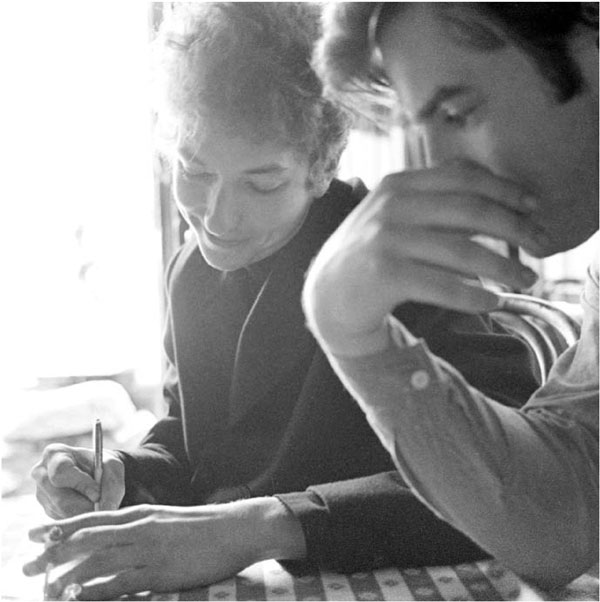FOREVER YOUNG
PHOTOGRAPHS OF BOB DYLAN
DOUGLAS R. GILBERT
with text by DAVE MARSH
additional research by JOHN MAY introductory note by JOHN SEBASTIAN
DA CAPO PRESS  A MEMBER OF THE PERSEUS BOOKS GROUP
A MEMBER OF THE PERSEUS BOOKS GROUP
Also by Douglas R. Gilbert
C. S. Lewis: Images of His World (with Clyde S. Kilby)
Flannery OConnor: Images of Grace (with Harold Fickett)
Also by Dave Marsh
Before I Get Old: The Story of The Who
Bruce Springsteen: Two HeartsThe Definitive Biography, 19722003
The Heart of Rock & Soul: The 1001 Greatest Singles Ever Made
Louie Louie: The History and Mythology of the Worlds Most Famous Rock n Roll Song
Photographs copyright 2005 by Douglas R. Gilbert
Text copyright 2005 by Dave Marsh
Introductory note copyright 2005 by John Sebastian
All rights reserved. No part of this publication may be reproduced, stored in a retrieval system, or transmitted, in any form or by any means, electronic, mechanical, photocopying, recording, or otherwise, without the prior written permission of the publisher.
Printed in the United States of America.
Cataloging-in-Publication data for this book is available from the Library of Congress.
First Da Capo Press edition 2005
ISBN 0-306-81481-1
ISBN13 978-0-306-81481-5
eBook ISBN: 9780786735105
Published by Da Capo Press
A Member of the Perseus Books Group
www.dacapopress.com
Da Capo Press books are available at special discounts for bulk purchases in the U.S. by corporations, institutions, and other organizations. For more information, please contact the Special Markets Department at the Perseus Books Group, 11 Cambridge Center, Cambridge, MA 02142, or call (800) 255-1514 or (617) 252-5298, or e-mail
1 2 3 4 5 6 7 8 9 08 07 06 05
A WORD FROM JOHN SEBASTIAN
Those few weeks in 1964 flew by, but they are probably why I felt the confidence to become part of a musical revolution.
The places pictured here all still look the same. Im still friends with all the children in these photographs. Woodstock is now my home, too.
Thanks to Bob and Sara, Albert and Sally, and the Paturel family for providing that warm, friendly upstairs room that I shared for the sliver of time that I was hanging out in Woodstock. And thank you, Doug, for preserving these moments.
Woodstock, New York
August 2005
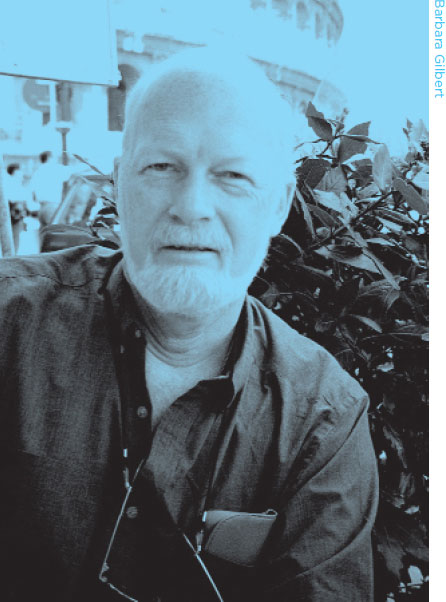
Douglas R. Gilbert
PHOTOGRAPHERS PREFACE
While working as a college intern at Look Magazine in the summer of 1963, the thirteen-year-old brother of a friend asked me to listen to a few cuts from The Freewheelin Bob Dylan. Id never heard of Bob Dylan, but listened. When the boy asked me what I thought, I didnt immediately know how to answer. Id grown up with 50s rock n roll and had heard some current folk singers, but this was something really different. When I returned to school that September, I took with me a well-played copy of Freewheelin and played it for friends. Most responded with disinterest or were turned off by Dylans voice and style.
But here was someone who was articulating feeling and impressions and was posing questions similar to my own. I added The Times They Are A-Changin to my collection and I was hooked.
Before my graduation from Michigan State University in March of 1964, I was offered and accepted a staff photographer position with Look Magazine in New York. I began working there in April. Staff writers and photographers were encouraged to propose story ideas to the editors, and this was the first story I suggested.
The proposal was accepted, arrangements were made, and the writer and I went to meet Dylan in June. After that initial meeting, the writer left me to work with Dylan on my own. My curiosity to learn who this person was who wrote such compelling words and music was mixed with some initial intimidation. I wasnt sure how he would feel with this stranger who would be shadowing him. It may have helped that he was just a little older than me and was also a Midwesterner.
I had seen some photographs of Dylan singing in a civil rights context in the South. He was in a field with farm workers and some young civil rights workers. This offered a visually exciting setting for photographs of him performing in the rural South at a time when the civil rights movement was a big story. I asked if he had anything similar planned. He answered no. Nothing more than that. But what was initially disappointing proved fortuitous, because I was able to photograph a more private Dylan, surrounded by friends in a familiar environment. I spent time with him at his home in Bearsville, New York, and hung out at the Caf Espresso in nearby Woodstock with him and friends. Later, we went to Greenwich Village and then to the Newport Folk Festival.
My way of photographing has always been to be as inconspicuous and unobtrusive as possiblea fly on the wall. I photographed using only existing light and quiet Leica rangefinder cameras. Dylan soon became comfortable with my presence, letting me photograph freely. Once or twice he looked up from what he was doing and asked, Dont you have enough?
I think I was with him in the period before he closed himself off from the press and withdrew. I saw some wonderful moments of warmth, humor, and openness. The image of Dylan I held before we met and after my experiences with him was changed. Ive thought about that time over the intervening years and see him to be, in some ways, very consistent in spite of his reputation for frequently reinventing himself. He has refused to be fit into categories, either musically or personally. To categorize and label people seems to be a very human need to help us feel that we are in control. If we feel in control we can feel superior, or at least equal. Dylan does not allow us that.
A few weeks later, when the Look editors saw the story in its proposed layout they killed it. Hes too scruffy for a family magazine, I was told. Of course I was disappointed and angry with what I thought was a strange and cowardly decision. Over the next two years, my experiences with the way in which many of my stories were presented led me to reconsider my desire to work as a magazine photojournalist. Questions of journalistic integrity, purpose, and the influence of advertisers on editorial content persisted. In time, I stopped working commercially to pursue my artistic vision.
I am very pleased to share this body of work after forty years with the many people who admire and are challenged by Dylans words and music.
Douglas R. Gilbert


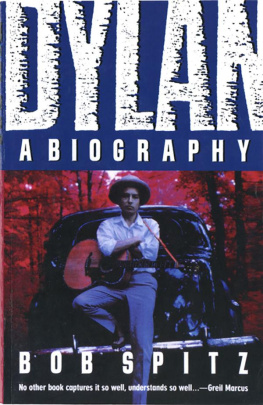

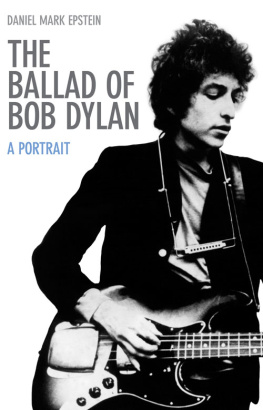




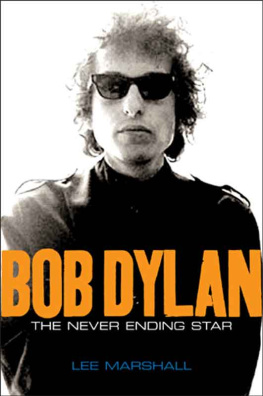
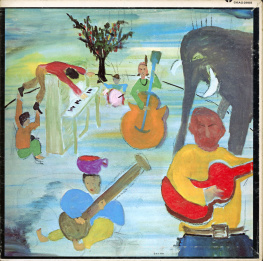

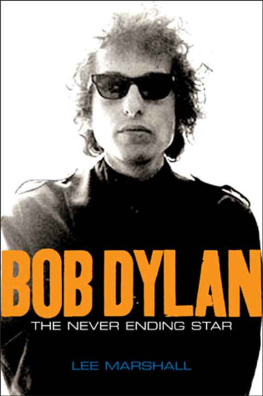
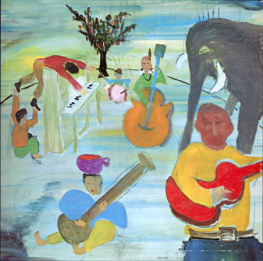

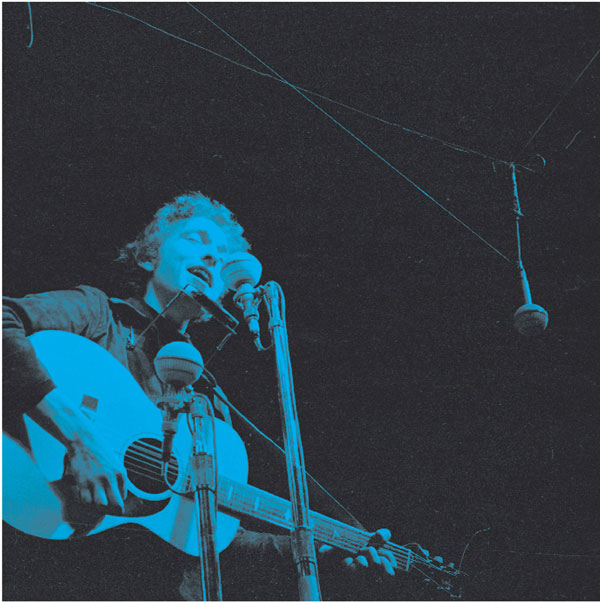
 A MEMBER OF THE PERSEUS BOOKS GROUP
A MEMBER OF THE PERSEUS BOOKS GROUP

